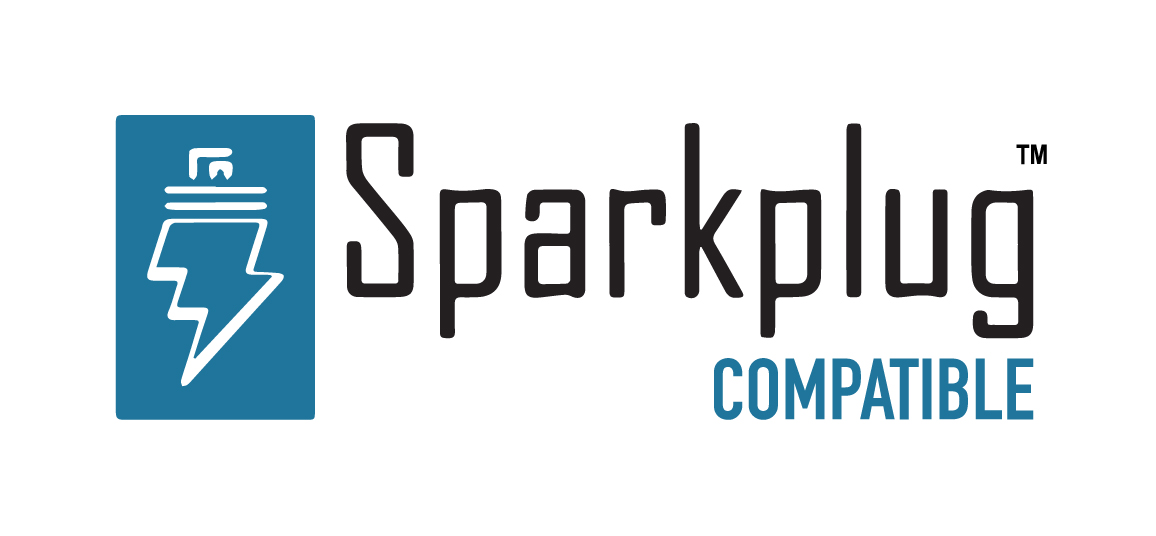Node Setup / Configuring N3uron Modules

Troubleshooting a Module in N3uron
Description
In this video of our N3uron Academy, we will guide you through the steps required for troubleshooting a module in N3uron.
[03:51] Creating a Module Instance
[04:40] Troubleshooting a Module in N3uron
Transcription
[00:00] LEach module instance in N3uron has its own Logger, which can be configured independently. This prevents any logs for one module from being affected by the behaviour of other modules running in the same node. The next step is to configure the module Logger. To do so, we will use the OPC UA Client module that has already been created. from the Explorer panel go ahead and click on the expand button for the relevant module and select the Logger configuration section. You will now be shown multiple configuration options.
[01:02] Besides enabling or disabling the logger, you can also select the level of detail shown in the log as well as the maximum number of days that log files will be saved before automatically being deleted. Let’s go ahead and change the log level to Trace in the drop-down list to register all module activity. This mode logs a large amount of data, so it isn’t recommended for production environments. To avoid accumulating very large files, this mode generates a new file every day. Remember to save your settings! Alright, let’s dive into the Diagnostic section on the navigation panel. Here, we have two options: Real-time Logs and File Logs. First, let’s explore Real-time Logs, a pretty useful interface for troubleshooting in WebUI. This console provides instantaneous updates of logging events and errors for each module instance running on the node, including Bootstrap.
[02:07] To activate the real-time log display,simply click on the “Enable” check box. You can control the level of details shown using the drop-down menu, ranging from ERROR, the minimum level, to TRACE the maximum. Once real-time logs are enabled, the Diagnostics menu in the navigation panel will show an orange icon. Users can also select the module instances for which they want the logs to be shown and Define some filter criteria using the Name filter the Message filter, or both. The real-time logs can be exported using the button located in the top right corner. Next to this button there is another button to clean the console as well as a rose counter and the row limit input field which is intended to restrict the total amount of logs displayed.
[03:00] You’ll notice several columns each with valuable information: Timestamp, Level, Module, Name and Message. The timestamp column displays the time of each log entry. In level, you’ll find the level of significance of the log, whether it’s info, warning, debug, and so on. Next, we have the Module column, which displays the name of the module instance for every log. The Name column represents the log’s identifier, while the Messages column contains its description. Now that we have covered Real-time Logs, let’s move on to File Logs. These are the logs typically requested by our Support department for troubleshooting purposes. To access File Logs, first, select the desired level of detail in the module configuration. The logs are displayed with the level of detail you have configured in the module’s logger.
[04:00] Then, choose the module’s instances for which you want the logs to be shown, set the time interval, and click “Load”. In the same way as with real-time logs, you also have the option to apply filters and Export the logs to a CSV file by simply clicking on the “Export” button. And there you have it! You have just unlocked the full potential of the Diagnostics section in N3uron.

